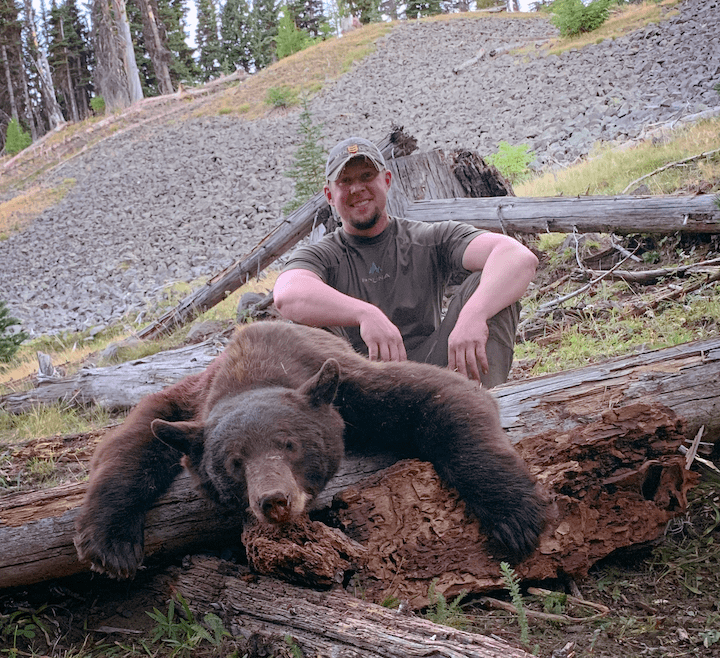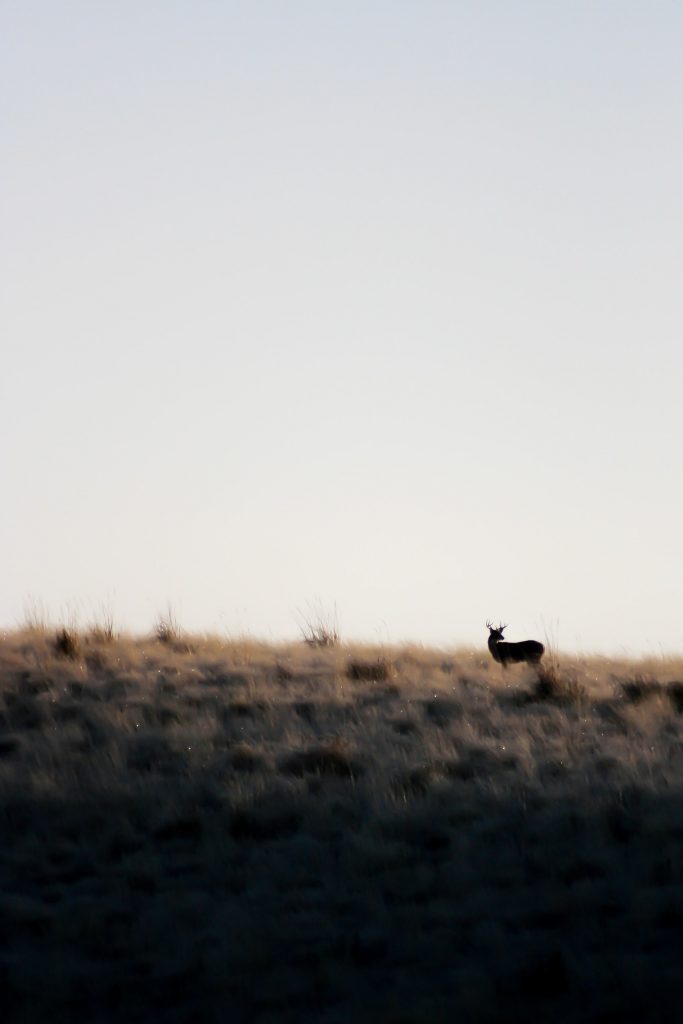
Washington Big Game Hunting Sales Up
I thought it might just be my Facebook feed – what seems like a lot more folks than usual are asking this, that and the other about big game hunting.
Best scope, caliber, backpack, two-way radios and a bunch more questions up to and including secret spot.
That last one got somebody the GPS coordinates for the front door at Northwest Trek, which, for the record, is open for wildlife viewing but not for hunting any of the various beasts.

Then I heard scattered reports from Washington mid-September’s High Buck season of more hunters (and hikers) in the heights.
Yeah, yeah, yeah, tis the season, so of course interest in hunting topics during this part of fall is going to be – like Johnny Cash sings – “four feet high and rising.”
But it also got me wondering if what I was seeing and hearing anecdotally might be reflected in hard data.
An email to the Washington Department of Fish and Wildlife’s license bureau chief last week answered that question.

Yep – and how.
More big game licenses, elk, deer, bear, second bear and cougar tags were sold through August than any of the previous three years during the same timeframe.
Per data from Peter Vernie, a total of 113,412 various big game licenses (the so-called “big four,” individual deer, individual elk, Get Outdoors, etc.) had been sold between December 2019, when the next year’s packages go on sale, and the end of the eighth month.
That compares to 105,075 for the same time frame in 2019, 99,629 in 2018 and 86,838 in 2017.
As for tags, WDFW had sold 76,575 for deer, 76,287 for elk, 63,926 for bear, 55,893 for cougar, and 696 for second bear.
That compares to 73,641, 72,529, 58,867, 52,080 and 580 in 2019; 72,468, 69,616, 55,007, 49,349 and 186 in 2018; and 66,946, 64,440, 44,536, 39,870 and 219 in 2017.

Overall, a total of 273,377 big game tags had been sold through August, up from 257,697 in 2019, 246,62 in 2018 and 216,011.
So much for that WDFW boycott.
The agency also sold 103,000 more special hunt applications for a crack at quality and antlerless deer and elk hunts, moose, bighorn sheep and mountain goats than it did in 2017.
Washington hunters must buy their licenses to put in for the spring permit draw.
Application sales were 353,284 in 2020, followed by 305,966 in 2019, 278,293 in 2018 and 249,933 in 2017.
Looking at percentage increases for 2017 and 2020, second bear tag sales are up a whopping 217.8 percent, bear tags are up 43.5 percent, special permits are up 41.3 percent, cougar tags are up 40.2 percent, big game licenses are up 30.6 percent, big game tag sales are up 26.6 percent, elk tags are up 18 percent and deer tags are up 14.38 percent.
Now for a little bit of context: Following 2015’s huge kill, as well as drought, winter and disease issues that year and subsequently, 2017 was one of the worst deer and elk hunting seasons in terms of overall harvest and participation in two decades. That probably had some residual effects the following years, but there is also room for a big rebound.
Mule deer and blacktail herds have bounced back, though whitetail are still struggling in far Eastern Washington.
And while unemployment isn’t as high as it was in spring, many people are still out of a job due to coronavirus, and meanwhile there has been a massive spike across all sectors of outdoor recreation.
Then there was the “meat crisis,” as Northwest Sportsman writer Jason Brooks reminded me after posting this story, when packing plant workers were getting sick and the butcher’s block at the grocery store looked a little sparser than usual.
“I believe people realized that depending on grocery stores as a food source isn’t the only option,” he stated on Facebook.
As for the increase in hunting license, permit and tag sales, Vernie, the WDFW manager, believes that lapsed big game hunters are probably getting back afield this season.
“Maybe they dropped the sport, or did it a couple years ago. They’ve done it in the past and know some folks,” he says.

No doubt there are some brand new big game hunters this year too – recent hunter ed grads going out with their folks – but Vernie says they are more likely to begin with small game species.
“Folks don’t normally start out hunting out for elk, more like birds,” he said.
“To go hunting you need a lot of things – trailer, gear, expertise. It’s more than just dropping a line in the water,” Vernie adds.
With Dad likely sidelined this fall, on Saturday I sat myself down on the couch and came up with a ridiculously long list of hunting stuff that I had to dig out of the shed, dust off, buy and do over the next two weeks.
Gulp, I might be a little late to Deer Camp, fellas!
With WDFW’s budget issues, the uptick in sales couldn’t have come at a better time as licenses are not cheap.
Resident licenses run from $24 to hunt just bears or cougars to $95.50 for the deer plus elk plus bear plus cougar combo, and from $7.10 and $13.70 for special permit apps to $332 for moose, goat or sheep tags if you draw one.
Then there was the six-week spring closure of fishing and hunting in Washington under Governor Jay Inslee’s Stay Home, Stay Healthy Covid-19 order, sparking protests and boycott threats.
When it was lifted, WDFW sold nearly $3 million in licenses in three-plus days.
“Since May 25, June, July, August, even September, our sales have bounced back tremendously,” says Vernie.
He adds that since the July 1 start of the state’s fiscal year, outdoor activity license sales are up 18 percent.
No, that doesn’t mean WDFW’s out of the budgetary woods, but if me and other procrastinators are going to get out into the forests and fields, there might be a bit more bump as we pick up our licenses and tags in the coming days for the start later this month of the state’s biggest seasons, rifle deer and elk.

